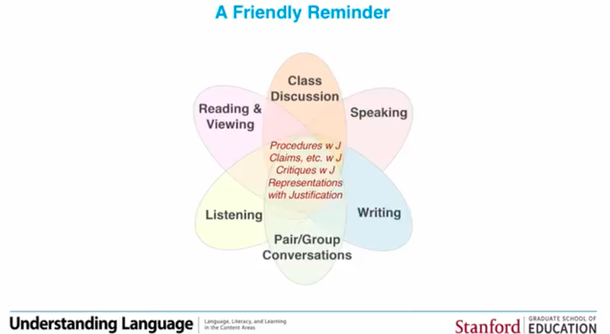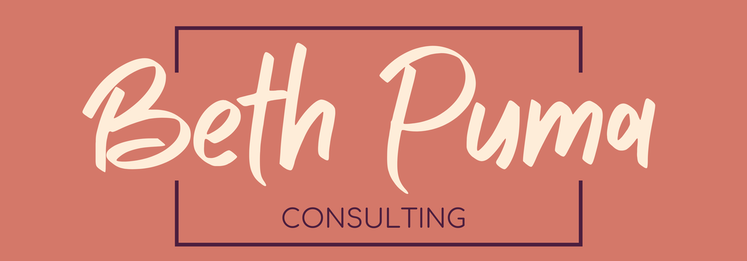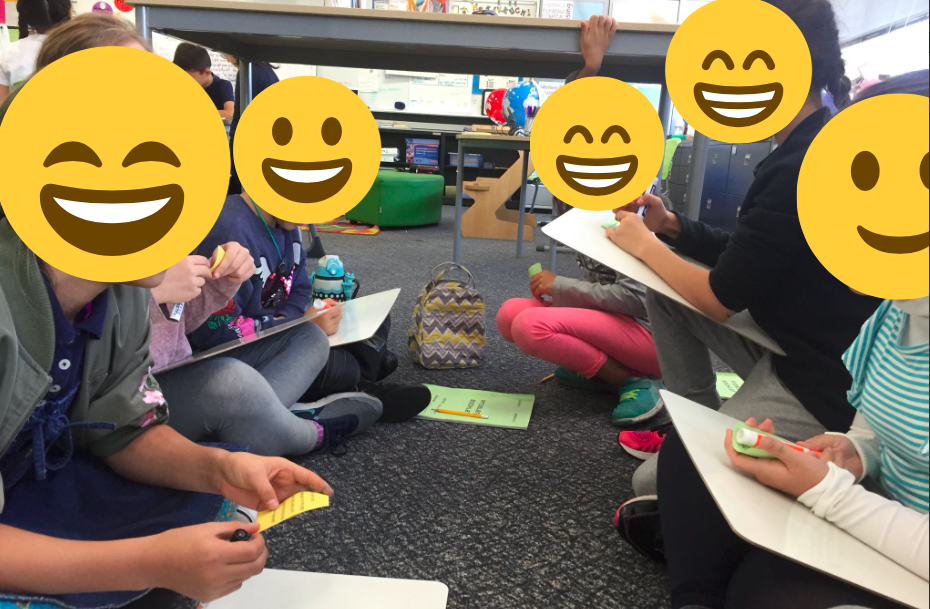 What a whirlwind of a semester it has been! I have been very busy taking the online course Integrating Language Development and Content Learning in Math: Focus on Reasoning through Stanford University Online. I stumbled across this course in my Twitter feed right before it was set to begin and quickly signed up. I have been heavily influenced by the work of Dr. Jeff Zwiers, particularly when I worked in high schools and was excited he would be one of the professors. As an EAL specialist, my day to day job does not require the teaching of math. There is a lot of language of math of course; my language targets would revolve around vocabulary, specific verbs, if/then statements to name a few. I am so glad I took this course because it really has been helping me strengthen the language learning of reasoning. I can't recommend it enough. Our EAL training informs us that students make meaning and develop language by using it with their peers. This of course is the classroom implications of the Zone of Proximal Development. Think-Pair-Share is the very classic strategy used in math classrooms. How can we go deeper? What other strategies might we facilitate in our math classrooms, as the EAL specialists, that get students talking to each other authentically about mathmatical reasoning. My favorite learning experience I have learned from this course so far is the information gap strategy for mathmatical reasoning. This emphasizes listening for reasoning. My anchor chart can be found here. Student A and B receive two cards. Student A receives a card that has a math problem on it, but information with numbers is not provided. Student B receives the partner card that has the information on it. Student A must ask Student B a question. Student B, before giving the information must ask "Why do you want to know that?" Student A provides their reasoning. If Student B is satisfied with their reasoning, they provide the information. This process continues until Student A is able to solve the problem. The emphasis is on building the listening for reasoning skills. We tried this several times, using a lineup strategy. This became a go-to lesson for my language station, switching the problems to align with the work they were doing with their classroom teacher. Kids loved it. "It's like we're Sherlock Holmes!"
0 Comments
Your comment will be posted after it is approved.
Leave a Reply. |
Beth PumaI am an MLL specialist, coach, and educational consultant that is dedicated to building a more transformative educational landscape that honors linguistic diversity and challenges societal paradigms. Archives
July 2024
Categories
All
|


